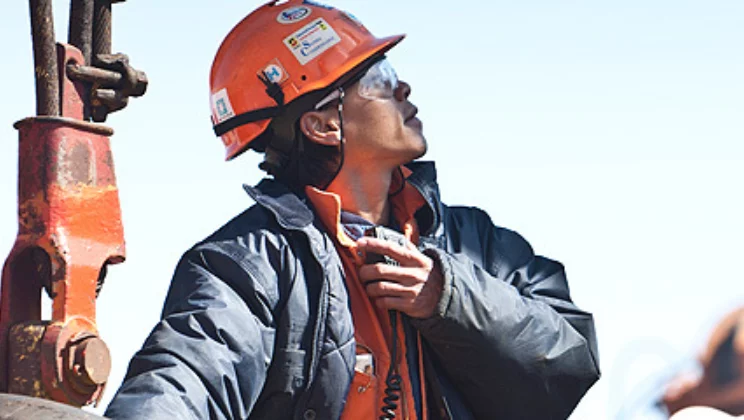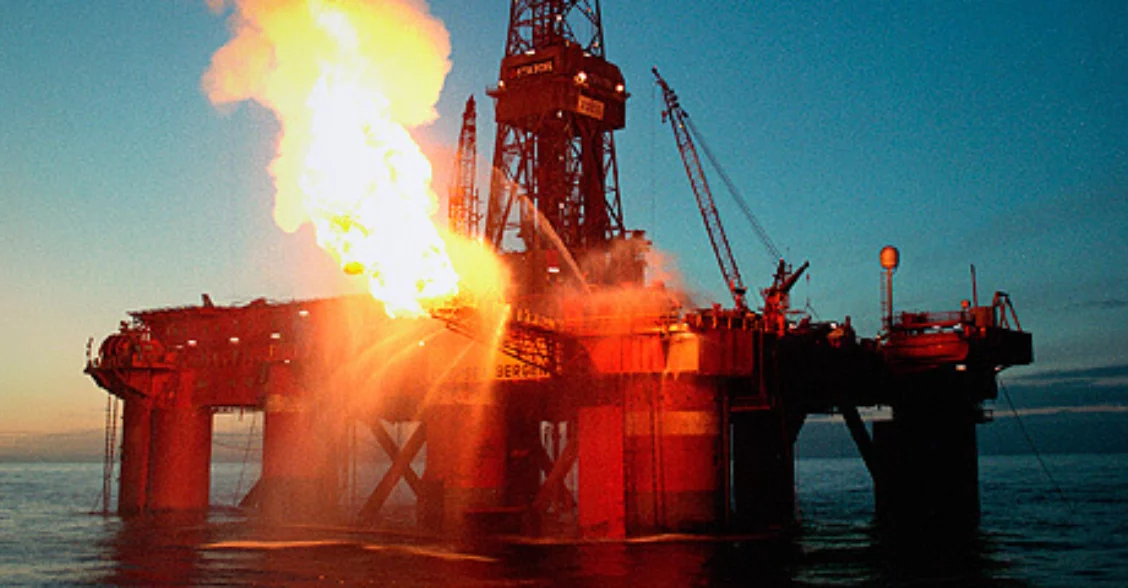British oil expert, Douglas Westwood, which is specialized in analyzing the market for oil and gas, believes that the operators in the Danish North Sea have what it takes to get through the crisis. But it requires reigning in costs, streamlining operations and keeping a focus on the long run.
The low oil price is currently putting oil and gas operators, service providers to the industry and national treasuries under pressure. And there are speculations that the low oil price will be the end of the Danish oil production. At the Port of Esbjerg, which has been the base port for Denmark’s oil and gas industry, since the first oil was produced from the Danish underground in 1972, companies are also feeling the heat.
This is not least due to the fact, that the oil in the Danish underground is produced from limestone. This requires the expensive technique, Enhanced Oil Recovery, where the oil and gas is released from the limestone by adding soap, water with a certain salt content or bacteria, which allows the oil to move towards the wells from where it can be pumped to the surface.
Yet now is not the time to write off the activities in the Danish North Sea, where Mærsk Oil operates 15 fields while DONG operates three and Hess one. That is the analysis from the leading British oil expert Douglas Westwood.
Diversification helps the operators in the North Sea
Researcher Matt Adams, who follows the Danish North Sea activities for Douglas Westwood, explains that DONG E&P and Mærsk Oil have a couple of advantages compared to many other market players because they belong to large corporations with activities in many countries and outside the oil and gas sector.
”Companies such as Maersk and DONG have the significant advantage of diversification across other sectors. In other world markets, operators might not necessarily have this level of diversification, thus oil and gas project investment decisions can only be made with the consideration of one industry’s performance,” says Matt Adams and continues:
”Our analysis is that those operators who have diversified into other sectors will best be able to survive the current low oil price environment, whether that be in downstream oil and gas, offshore wind, power generation, marine transport or something else.”
Another advantage to the diversification is that the operators can spread profits and losses across many locations and activities. On this basis, Matt Adams concludes that the operators in the Danish North Sea can continue production in both the short and medium term. He, however, underlines the unlikeliness of other increases in oil production than those already planned.
”Our forecast shows production reaching a plateau in the next few years as mature field production decline is offset by the redevelopment of the Tyra field, in addition to the new Hejre project which is expected to come onstream in 2017 despite some ongoing delays. But it is very unlikely that oil production in the Danish North Sea will be put on hold.”
Price inflation is creating problems
The majority of the problems, which oil and gas operators across the world face today, stem from the price inflation that has characterised the industry over the last 15-20 years according to Matt Adams.
Given that productivity in the oil and gas industry is at some of the lowest levels seen, operators will have to increase efficiency in one way or the other according to Matt Adams.
Outside of a rise in oil price, profitability is unlikely to return without further job and wage cuts, simplification/standardisation of project implementation or significant reduction in government taxes and royalties from oil production.”
Matt Adams highlights the importance of streamlining operations.
“Contract re-negotiation is very important during the current downturn, as is project simplification and standardisation. We have seen multiple instances of projects previously economically unviable becoming viable as designs are re-thought and simplified.”
The Rosebank field off Shetland, which Chevron operates is according to Matt Adams a good example of this. The field was found in 2004 and was on track to be put into production when partner OMV hit the brakes as they believed that the costs could and should be reduced.
The importance of a long-term focus
At the same time, Matt Adams points out that operators should not just be looking at increasing profitability on the short term.
“The ability to scale down a business in times such as these would certainly help that company to weather the storm, though that may not always be the best long-term strategy – particularly in a mature sector such as the Danish North Sea where constant investment is required to stave off natural decline.”
He points out that operators with large cash reserves are in a strong position to purchase other companies or increase market share by expanding operations while those with less cash in the bank are forced to downscale.
Hesitates to state when the industry can breathe a sigh of relief
Douglas Westwood expects the oil price to remain low during the first part of 2016, but that a reduction in the oversupply of raw oil will lead to a price increase towards the end of the year. They will, however, not say when the price of a barrel of oil will rise above 60 USD, the point at which the North Sea operators – according to Douglas Wood – can breathe a sigh of relief.
With an oil price at approximately 35 USD a barrel right now, there is, as such, a long way to an oil price similar to the one in the summer 2008, where the oil price hit 147 USD.

Watch out for the oil and gas talents
Despite the low oil price, Douglas Westwood encourages oil and gas companies to continue investing in talents. The renowned British oil experts predict that the lack of skilled works in the North Sea will continue when the upturn comes.
Just two years ago, the oil and gas companies in the North Sea were screaming for more skilled workers. Today the picture is completely different. The low oil prices are no match for the high wages in the offshore sector and many companies have seen the need to let workers go.
But if the companies cut staff too much now, it can create big problems in the long term, says Researcher Matt Adams from Douglas Westwood:
The problem will likely continue during the next upcycle, particularly as a number of skilled workers who have been let go during this downturn have moved to other sectors such as offshore wind.”
A development, which, for instance, benefits DONG Energy’s wind business, says Matt Adams.
“The offshore wind sector is benefiting from skilled labour migration from the oil industry, providing engineers and other specialised staff at lower wages than seen prior to 2014 – decreasing OW project implementation costs.”
But that development could bite the oil and gas industry in the tail later on because the relatively high average age in the oil and gas industry means that many current employees will retire in 10-15 years. This will lead to a large capability gap.
As Douglas Westwood expects oil and gas production in the Danish part of the North Sea to continue in both the short and medium term, Matt Adams encourages oil and gas companies to focus on the long term and take care of the talents even if it does not necessarily fit with the cost-cutting exercises, which are necessary right now.
This is a translation of the Danish articles published in Port of Esbjerg Magazine 1, 2016.
Go to overview

